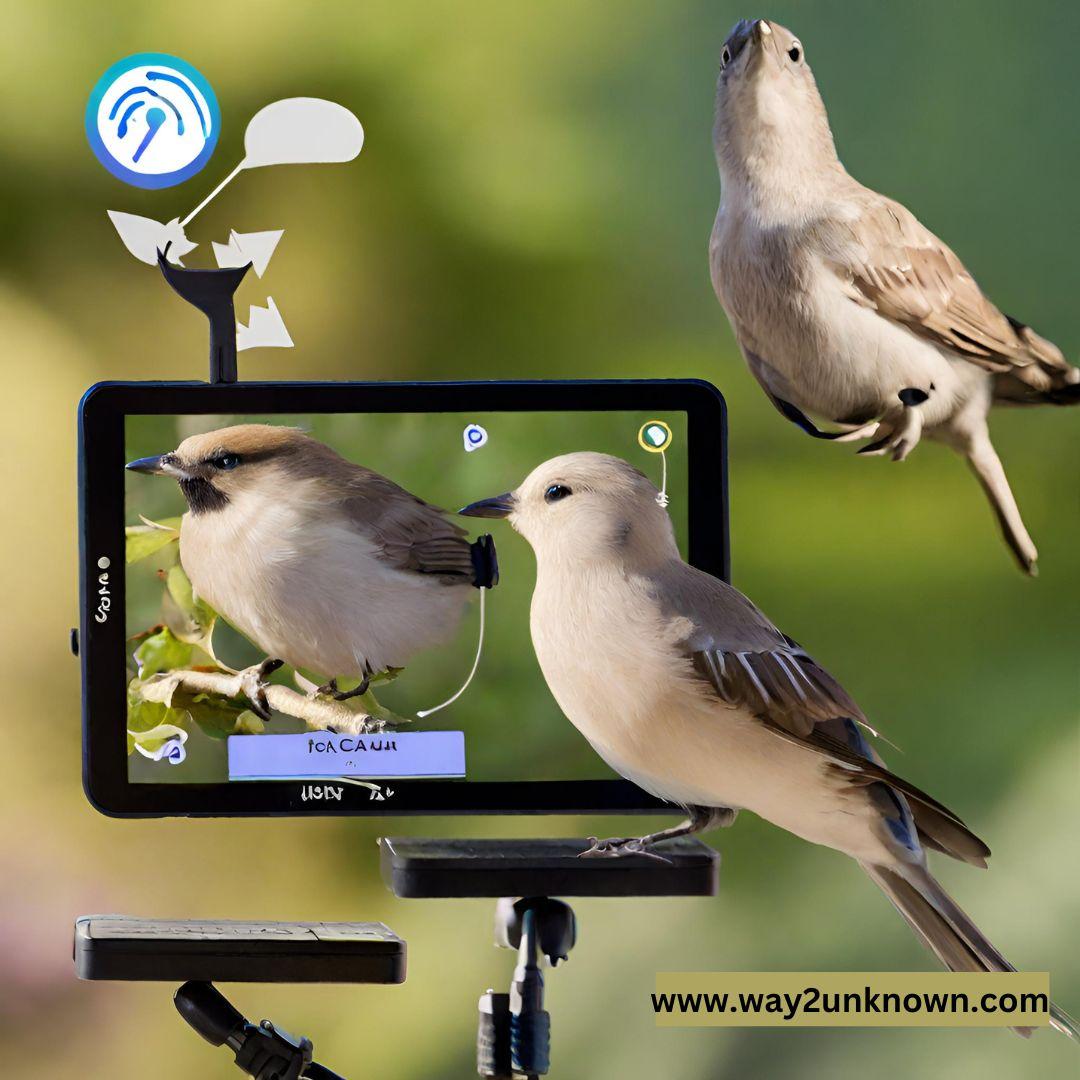Wings of Technology: Harnessing AI for Insights into Bird Communication and Navigation

Bird communication and navigation have long fascinated scientists and enthusiasts alike, offering a window into the intricate behaviors of these feathered creatures. Recent advancements in artificial intelligence (AI) have opened up new avenues for studying and understanding these phenomena in unprecedented detail.
AI algorithms, particularly those inspired by the neural networks of the avian brain, are being employed to analyze bird calls, songs, and other vocalizations. By processing vast amounts of audio data, AI can decipher patterns, identify species-specific signals, and even infer the meanings behind different vocalizations. This provides valuable insights into avian communication patterns, social structures, and environmental interactions.
Moreover, AI-driven tracking devices equipped with GPS and other sensors are revolutionizing our understanding of bird navigation. These devices can collect vast amounts of movement data, which AI algorithms then analyze to map migration routes, detect navigation cues, and uncover the factors influencing avian movement patterns. By combining AI with traditional field research methods, scientists can gain a more comprehensive understanding of how birds navigate across vast distances and adapt to changing environmental conditions.
In essence, harnessing AI for insights into bird communication and navigation holds immense promise for unlocking the mysteries of avian behavior. By leveraging cutting-edge technology, researchers can delve deeper into the fascinating world of birds, shedding light on their complex communication systems and remarkable navigational abilities.